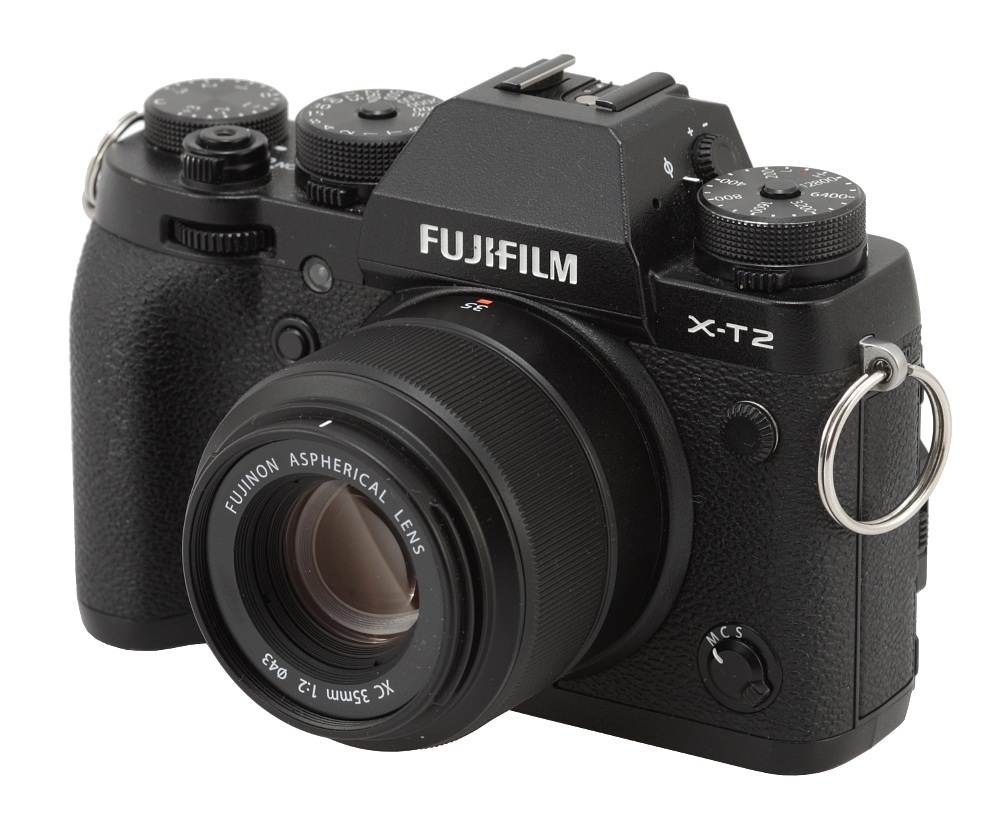
:no_upscale()/cdn.vox-cdn.com/uploads/chorus_asset/file/3703548/xt10-10.0.jpg)
- Difference between fuji xf and xc lenses professional#
- Difference between fuji xf and xc lenses series#

Both are a great choice for the more budget-conscious photographer. The metal fittings and finish give it a real premium feel and improve the torque, making this a perfect lens for the kind of shooting where you never know what to expect next.Īlso consider: Fujifilm makes some high-quality and affordable f/2 primes in similar focal lengths – the XF 18mm F2 R and XF 23mm F2 R WR. Great for shooting stills and movies alike, the XF 23mm F1.4 R focuses quickly and is great for low light thanks to its large f/1.4 aperture. It’s designed to make it easier to compose sublime images on the fly, with a camera-to-subject distance indicator and depth-of-field scale on its barrel. Alternatively, for a wider perspective, there’s the XF 14mm F2.8 R, which comes at a similar price point to the f/1.4.Īnother of the type of fast and wide prime that Fujifilm makes so well, the XF 23mm F1.4 R bears an equivalent focal length of 35mm (remember the 1.5 rule), which makes it an ideal choice for general-purpose documentary shooting. Constructed of 13 elements in 11 groups, the XF 16mm F1.4 R WR also uses elements with Nano GI Coatings for faultless light transmission and superior edge-to-edge performance.Īlso consider: For the same wide-angle prime on a tighter budget, try the XF 16mm F2.8 R WR, which has a smaller maximum aperture but retains the weather-resistant build. The maximum aperture of f/1.4 makes it easy to produce images in low light, or with a shallow depth of field and vivid bokeh. This means it’s as useful for getting close-up images as it is for wide-expansive views. It’s weather-resistant and light, weighing just 375g, and also sports a 15cm close-focusing distance.
Difference between fuji xf and xc lenses professional#
It’s pretty easy to get used to – just worth remembering when you’re calculating what kind of lens you need.įujifilm’s professional wide-angle prime, the XF 16mm F1.4 R WR is a rugged and versatile lens designed to provide a wide field of view in all situations. A 23mm lens will behave like a 35mm, and a 100-400mm zoom will act like a 152-600mm lens. So, a 50mm lens mounted on, say, the X-T30, will behave like 75mm. While we’ve detailed many of the equivalent focal lengths throughout the guide, a handy thing to remember is the “1.5 Rule” – when mounted on a Fujifilm X camera, every one of these lenses will provide an effective focal length roughly 1.5x larger than its official designation. This means that the focal lengths printed on the box of each lens aren’t precisely what you get – there’s a crop factor involved. Remember, Fujifilm X cameras come with APS-C sensors. We’ve dealt with XF lenses first in this guide, and included the XC lenses at the end for those who are looking for a budget option.
Difference between fuji xf and xc lenses series#
The XC range is still relatively young, and there are only a few optics in the series so far. XC lenses are the smaller, lighter and more affordable lenses in the system, providing slimmed-down and cheaper alternatives for popular focal lengths. What’s the difference? XF lenses are the flagships of the range, and almost certainly the ones that professional and enthusiast photographers will mostly be concerning themselves with. You may have seen that Fujifilm lenses mostly come with the designation XF, however there are a few that are denoted “XC”. We’ve picked out our absolute favourites from the current crop, and where appropriate, we’ve identified alternatives you can also look at if the lens we’ve picked isn’t quite right for you. We’ve put together this guide to pick out the best optics at every focal length so you can easily find the lens that’s right for you. This does mean, of course, that there are quite a few lenses, and it can be tricky to know where to start. Fuji has done a terrific job of filling out both its high-quality professional end and its affordable entry-level end, so there really is something for everyone. Pin-sharp and fast-focusing, its lenses cover a comprehensive range of focal lengths, ensuring all photographers and videographers are catered for.

But if we were pushed, we’d have to say it’s the lenses.įujifilm has a fantastic range of lenses in its X series. What’s the best thing about being a Fujifilm photographer? Well, there’s the retro styling of all the chic mirrorless cameras, there’s the tactile control system that makes photography fun again, there’s the film simulation modes that harken back to the photography of yesteryear.


 0 kommentar(er)
0 kommentar(er)
